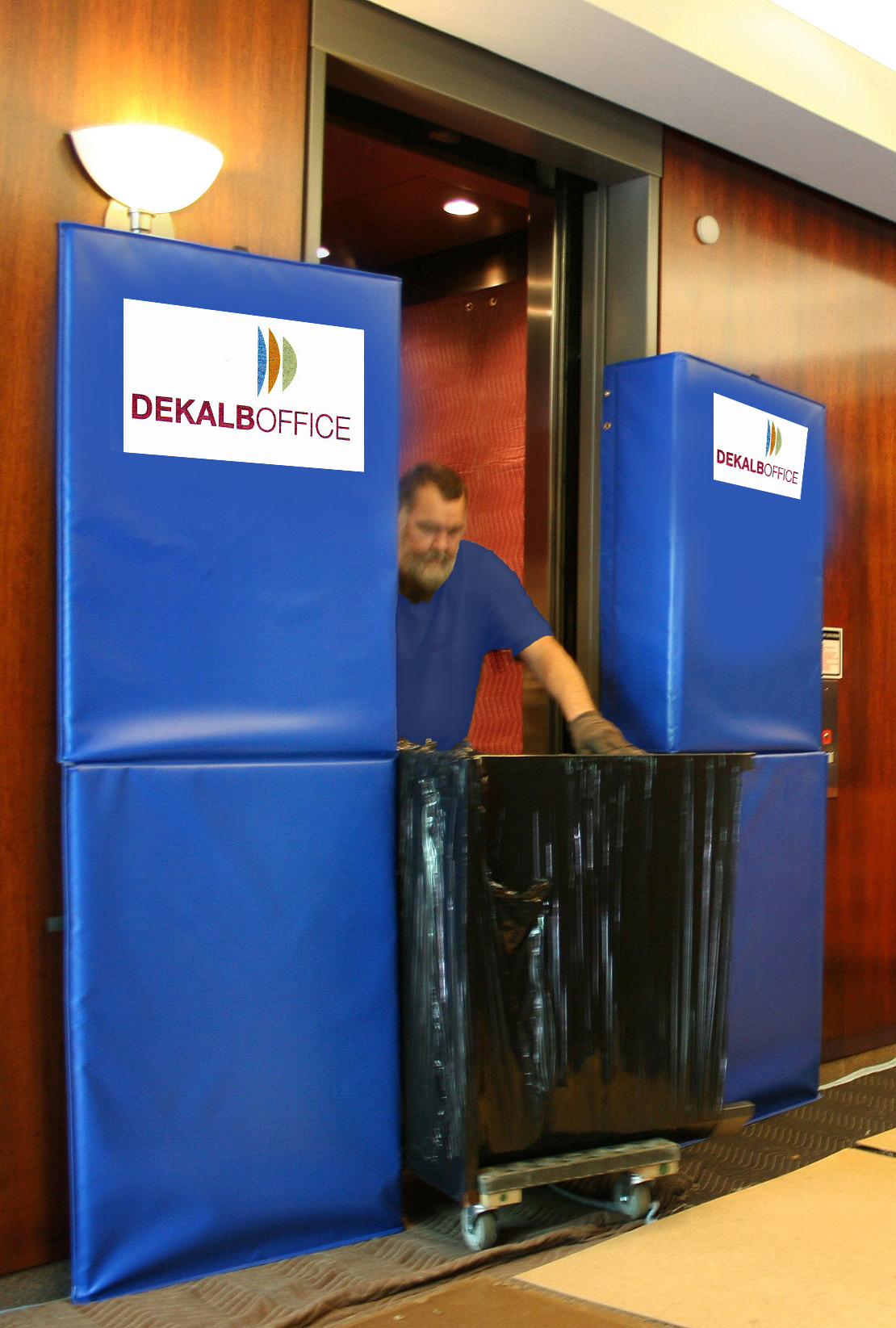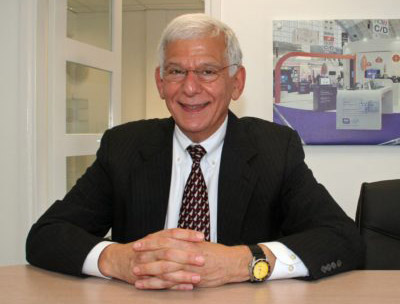(continued from last week’s post, Part 1)
…I have discovered a “backdoor” approach into winning all their business that I’ll share with you now. All you need is a “white paper” like the one below. You can use it or write your own. Wikipedia defines a white paper as an authoritative report or guide that addresses issues and how to solve them. White papers are used to educate readers and help people make decisions.
White Paper
FIVE STEPS TO A SUCCESSFUL OFFICE MOVE
The office is moving and it’s your responsibility to choose the right mover. “Simple,” you say. “I’ll just Google Office Movers and pick three to bid on our job.” That’s the wrong approach. Unfortunately, you can’t judge a mover’s quality by the content of their website.
Did you know that most moving companies’ forte is their long-distance house-hold division, while their weakest area is commercial moving?
An experienced office mover knows that the difference between a residential and a commercial move is as great as the difference between night and day. Yes, many will get you to your new location, but there’s a high likelihood that it will not be on time, within budget or without mishap.
Your goal is to accomplish this move as a hero, not end up as the scapegoat. So instead of playing “Russian roulette” on the Internet (and maybe your career), ask the building managers at both your present and new locations to recommend two or three commercial moving companies. Property management people have extensive first-hand experience with movers and are as anxious as you are to have a successful move, making them a great place to start your selection process.
Have a decision-maker (not just an information gatherer) from your company meet with each mover during the inventory process. Tell the mover about your needs and ask how he proposes to meet them. The same representative from your company should meet with all the movers. During the initial walk-through or inventory process, determine whether you or the mover will be responsible for handling the movement of fragile items such as lamps, paintings, and plants.
After the salesman completes his inventory process, set a time for him to return and make his formal presentation. If your move is very large, request that he provide you with a list of comparable size moves he has done in the last 12 months. Ask him to also present at that time his Certificate of Insurance.
The next step will be to interview your mover. Allow enough time for your mover to make his formal presentation and to answer the following questions:
- What type of moving cartons will you provide?
Similar in size to the Office Legal Tote, the plastic crate offers an efficient alternative to the conventional moving carton. Because of its strength and shape, the plastic crate can be stacked 4 high without crushing the boxes below or their contents. Stacking the boxes 4 high reduces your contents volume by approximately 15%, lowering your total moving costs. Less volume means that movers make fewer trips to and from the moving van and can even reduce the number of truckloads.
- How will you handle our computers and other electronic equipment?
The preferred manner is to first wrap each computer component with two layers of bubble wrap (with the bubbles facing the bubbles) and then place the protected components into a container for safe transport. A better technique, using a device called a Comp-U-Wrap, has all the advantages of bubble wrap but none of the disadvantages. It’s faster and easier to use. Since it’s reusable, it doesn’t fill landfills and is much more efficient.
- How will you protect the office building from damage?
To protect carpet, a new product called Polynite covers carpet with plastic. It has all the benefits of Masonite® but is lighter, does not disintegrate and does not leave behind a powdery residue that requires extra labor to clean up. Another device, called Mat-A-Doors®, protects elevator entrances and main building entrance doors.
- Will you furnish a list of your last five office moves?
Ask for a list of the last five office moves, with contacts and telephone numbers. Call all five contacts and ask the following questions:
- When did the move take place? If the move occurred more than 6 weeks ago, be suspicious.
B. Ask how well the mover protected their furniture, computers, and copiers. - Ask if the mover protected their offices against damage.
D. Ask if the mover completed the job in the time allotted, and if the bill exceeded the prices quoted.
- Finally, “mass walk-throughs” do not save time.
This “herd” concept often undermines the entire selection process. Here’s why:
- Movers on a mass walk-through will be afraid to raise vital questions for fear of informing their competitors how they propose to do the move.
- Mass walk-throughs also encourage unrealistically low bids by intimidating those who participate into second guessing their competitors’ bids.
If you follow the procedures outlined above, you will have taken a giant step toward being a hero–congratulated for a job well done–and not the scapegoat for all the things that went wrong.
Please see my next week’s post (Part 3) to learn how to use a white paper to win large companies’ daily moves.
Be sure to join our Group at https://www.linkedin.com/groups/12060567
For more information on our online office moving training, please visit
https://www.officemoves.com/training/index.html or call Ed Katz at 404.358.2172.










